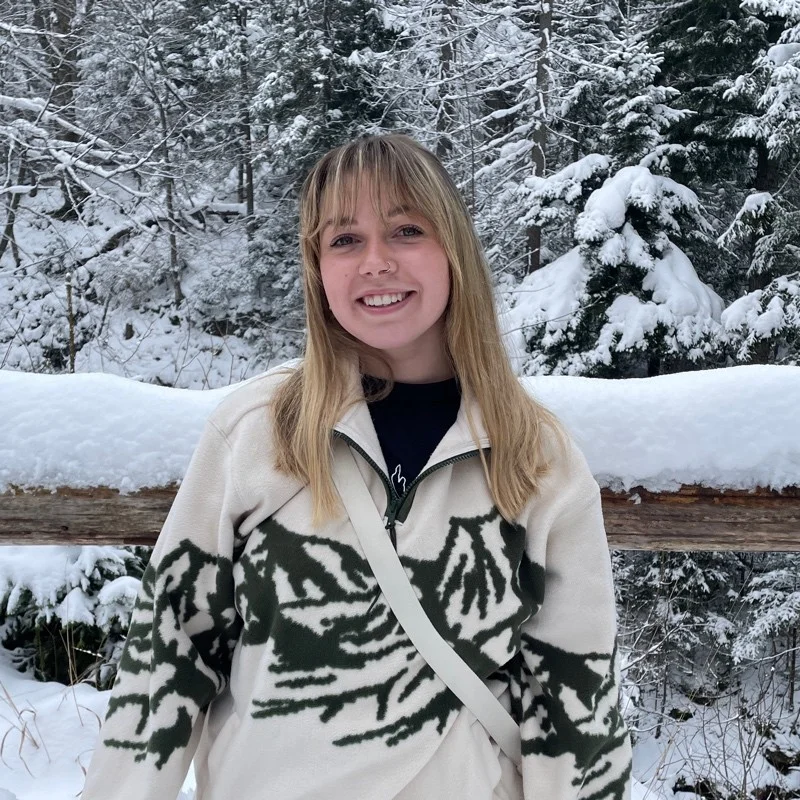The Paparazzi Have Crossed a Line — and We Keep Pretending It’s Normal
There’s a moment, usually when you watch a crowd of photographers swarm a single person, when it hits you: this isn’t entertainment anymore. It’s a spectacle built on the assumption that a recognisable face forfeits the right to ordinary human boundaries. We’ve allowed that belief to calcify over decades, and now the culture around it is so warped that harassment gets rebranded as “content,” and violating someone’s private life is treated like a competitive sport.
Celebrities don’t sign waivers agreeing to be hunted. Fame isn’t a blanket consent form. Yet the people behind the cameras behave as if it is and the system continues to reward them for it.
The Normalisation of Behaviour That Would Be Criminal Anywhere Else
Strip away the red carpets and film premieres, and the mechanics of paparazzi work look unsettlingly close to stalking. Trailing a person’s car. Camping outside their home. Photographing their children without consent. Tracking routine locations, from gyms to medical clinics. In any ordinary context, these actions would trigger police reports.
But the celebrity label has a way of dulling our reaction. The industry hides behind legality: “public figure,” “public space,” “freedom of the press.” Yet laws around privacy and harassment particularly in the UK and US—were written long before drones, geotagged social media, and the modern attention economy amplified the risks. The gaps are wide enough to drive an entire billion-dollar industry through.
And so we end up with adults who feel entitled to record a stranger’s life in microscopic detail because that stranger happens to be famous.
A Child’s Privacy Should Never Be a Negotiation
The most disturbing part isn’t the treatment of celebrities it’s the treatment of their families. Public interest does not extend to children. It never has. Yet paparazzi culture behaves as if offspring are fair game, simply because of their parent’s job.
Parents have documented drones hovering above gardens. Photographers waiting outside schools. Lenses pointed at strollers in parks. You don’t need to be an expert in digital safety to understand how dangerous this becomes when combined with the sheer volume of personal data already floating around online.
The idea that a teenager’s commute or a toddler’s bedtime routine should be available for public consumption is deeply warped. But when the market rewards these images, the moral compass of the industry spins without direction.
Technology Has Sharpened the Harassment, Not the Ethics
The tools of paparazzi work have evolved dramatically, and not in the ways that favour safety.
Long-range lenses. Social-media scraping. Real-time celebrity-tracking forums. AI-enhanced location triangulation. Drones capable of recording entire properties from the air. None of this requires physical proximity anymore.
What hasn’t evolved at the same pace is the ethical framework around these tools. The law plays catch-up while privacy erodes at a much faster speed. Even when regulations exist—such as restrictions on drone use over private land—enforcement is sluggish, and penalties are often minor compared to the financial incentive of a high-value photo.
We’re living in a world where anyone can be tracked with frightening precision. For celebrities, this is not hypothetical—it’s daily reality.
The Audience Is Part of the Problem, Whether We Like It or Not
It’s easy to villainise paparazzi. But the truth is more uncomfortable: the system survives because the public watches. The appetite for candid celebrity content—airport shots, coffee runs, gym exits—feeds the very behaviour we claim to dislike. We scroll, we click, we share, and the market responds accordingly.
The emotional distance is the real issue. People forget that the person in the photo is tired, anxious, or trying to get home. They forget that this isn’t a character from a show; it's a stranger who happens to have a job that makes their face recognisable.
Celebrity shouldn't dissolve the right to dignity. It shouldn’t override safety. And it certainly shouldn’t grant society licence to track a person’s life like a scavenger hunt.
Why We Need Updated Rules—and a Cultural Reset
Some regions have introduced enhanced protections for minors and pushed to curb aggressive paparazzi behaviour. But fragmented rules are no match for an industry that thrives on persistence and loopholes. What’s needed is a modernised framework that acknowledges digital surveillance, incentivised intrusion, and the long-term risks of non-consensual tracking.
More importantly, we need a cultural shift. One that recognises that visibility is not permission. That public figures remain private citizens. That fascination doesn’t entitle access.
At the heart of it, the conversation isn’t about fame at all. It’s about boundaries.
And whether we’re willing to acknowledge that even the most recognisable among us deserve them.
Further Questions on Privacy, Media Ethics and Celebrity Safety
Are paparazzi allowed to take photos from a public street?
Generally, yes—but behaviour that becomes threatening, obstructive, or persistent can fall under harassment laws, depending on local regulations.
Can celebrities stop photographers from taking pictures of their children?
Some jurisdictions offer specific protections for minors, particularly when safety risks are present. However, laws vary widely and are often inconsistently enforced.
Are drones legal for celebrity photography?
Many areas restrict drone flights over private property, but enforcement gaps mean paparazzi often push these boundaries until challenged directly.
Why do media outlets still run intrusive photos?
Because they sell. Without consumer demand, the financial incentive would disappear. Public behaviour has more power to shift the industry than most people realise.
Is there any meaningful push for stricter paparazzi regulation?
Advocacy groups continue to lobby for modernised protections, especially around child privacy and digital surveillance. Progress is uneven, but pressure is increasing.














